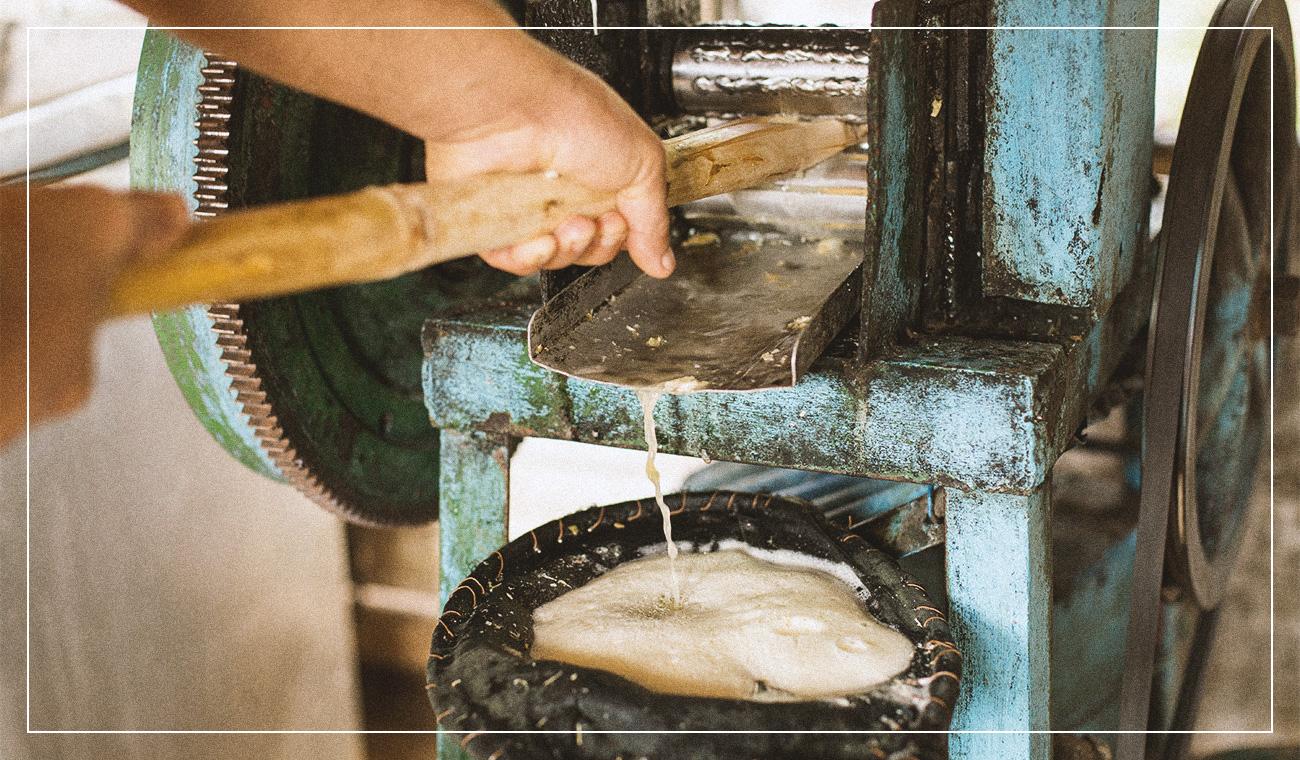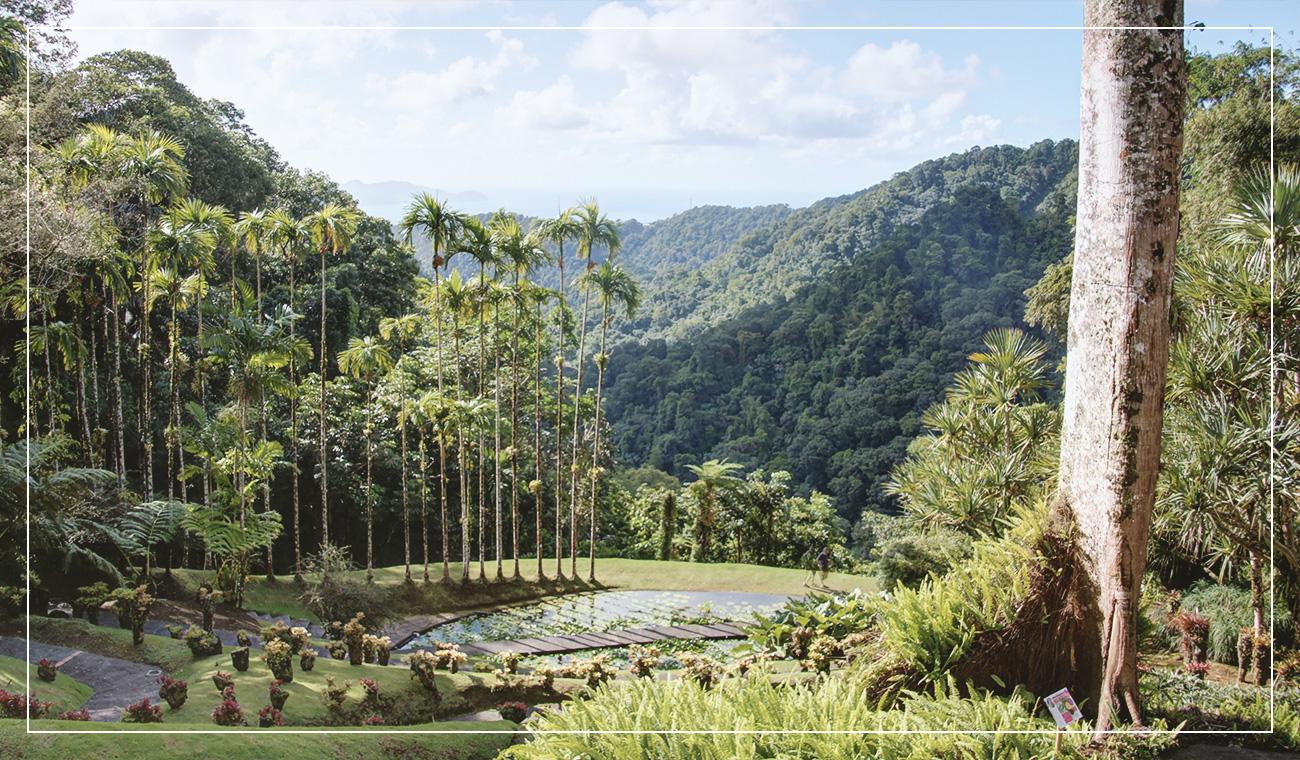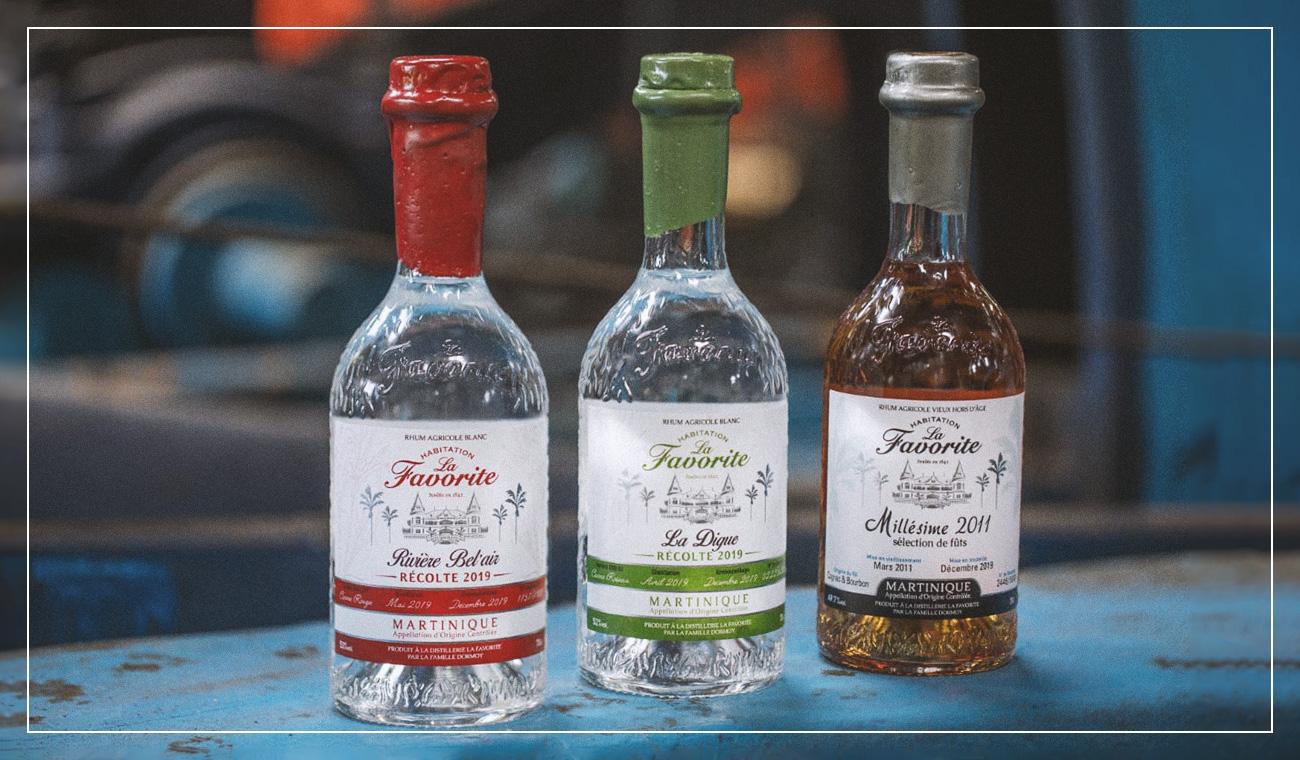
6 Things You Should Know About Rhum Agricole
|
|
Time to read 2 min

|
|
Time to read 2 min
Rhum Agricole differs from other Rums - yes, it's spelled the French way - but more importantly, its flavour profile typically includes fresh, grassy notes, courtesy of the fresh sugar cane juice it's made of. But read on, there's more.
Most Rum is made of molasses, but Rhum Agricole that is typical for French West Indies and some other former French territories, is made from fresh sugar cane juice. After squeezing the sugar cane, the juice is left to ferment for a short time and then distilled into white Rum that is ready to rest and age.
When the French speaking distillers produce Rum the mainstream way, from molasses, they call it Rhum Industriel or Rhum Traditionnel.
White sand beaches, a turquoise sea and delectable Rum cocktails can be found anywhere in the Caribbean, but for the finest Rhum Agricole you should head straight to Martinique.
Only Rhum Agricole coming from this tiny island has the Appelation d’origine Controlée (AOC) mark, assuring some very strict rules are applied to growing sugar cane, extracting the juice and producing the Rum.
There is a limit, for instance, on how much sugar cane may be produced per hectare and that the Rum must be distilled to 65-75% alcohol (ABV). Naturally, it’s diluted to 40% or less for bottling, so don’t let the delirium seeker in you get too excited!
And the Rhum Agricole brand names you'll find on the labels are: Clement, Rhum J.M., Neisson, La Favorite, Depaz, Saint James, La Mauny, Dillon, HSE, J. Bally.
Depending on the ageing period, Rhum Agricole from Martinique is labeled blanc (white), élevé sous bois (cask aged) or vieux (extra aged) when aged for at least three years.
Sugar cane juice ferments fast, so Rhum Agricole must be produced of locally sourced sugar cane. This is where the importance of terroir comes in – the influence of the environment in which the sugar cane has been grown.
"With Rhum Agricole, you’re definitely tasting more of the soil. Martinique is not a very large island, only about 8 miles long, but the Rums produced at the top of this island are much different than the Rums produced in the south, due to the island’s distinctive microclimates,” says Rum expert Martin Cate from Smuggler’s Cove.
Martin also adds that a lot of it remains in the hands of the distiller too – how they decide to do their fermentation, distillation and blending.
Compared to Rum made from molasses, which is typically sweet and fruity, there are more of the fresh and vegetal grassy notes in the flavour profile of Rhum Agricole.
However, this doesn't mean that notes like vanilla, coffee, and tobacco can’t be found in it - these are all influenced by the cask during the ageing process.Rhum Agricole works great in cocktails and if you decide to get a bottle for your Home Bar, make sure to try what it does to your favourite Rum cocktail.
Brazilian Cachaça is also produced from sugar cane juice, but where Rhum Agricole producers leave it to ferment for only a short time, in the case of Cachaça it is left fermenting for three weeks and boiled into a thick concentrate for distillation.
With Cachaça they might also add cereals like corn or rice to the fermentation mixture and it is typically distilled to a much lower alcohol level, 38 to 54%, and can be bottled right after, although it is often aged as well.
Have you already tried Rhum Agricole? What'd you think of it? Share your experience in the comments below...



